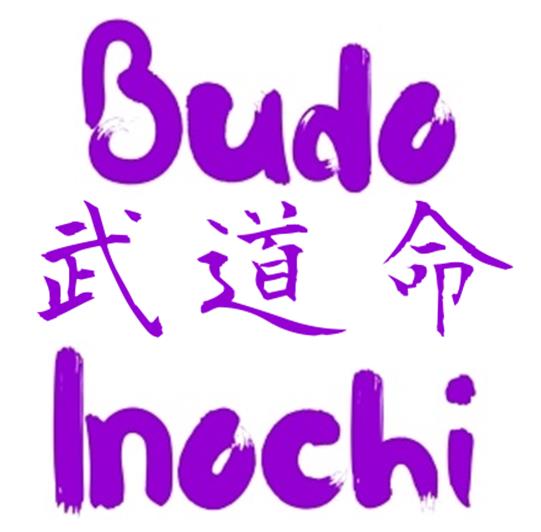Return to overview of all MARS conference panels
 This is Panel 7 of the 6th Martial Arts Studies Conference 2020, which has a theme of Martial Arts, Religion and Spirituality.
This is Panel 7 of the 6th Martial Arts Studies Conference 2020, which has a theme of Martial Arts, Religion and Spirituality.
The discussant for this panel is is Benoît Gaudin (Versailles Saint-Quentin University). The panel is taking place on Thursday 16 July at 6pm Paris time (5pm UK time). If you’d like to watch the discussion please email marsconf2020 [at] gmail.com for a free link.
During the discussion, everyone will be able to take part in the debates and post questions and comments live on the TEAMS chat-box.
The full abstracts and information about this panel are available here.
In this blog post, I’m going to quickly summarise each of the presentations, to give you a flavour of what the discussion is likely to cover.
Please note that I’ve simplified the titles of the presentations, and the title of this panel overall, to make the information more accessible for non-academic readers. The original titles are listed on the MARS website . . .
The Cult of Invulnerability Rituals in Modern China
Jiao Yupeng (University of California)
Yupeng explains that invulnerability rituals were believed to confer the ability to defend oneself from all weapons through spells and talismans. They played a significant role in uniting various martial arts sects during the Boxer Uprising that is well-known for targeting Christian missionaries. Through the teachings of a nationwide network of wandering martial arts masters, invulnerability rituals were initially used for the purpose of defending rural communities against bandits by local self-defence groups. It was believed that through learning invulnerability rituals, people could tame demonic powers, through summoning the presence of martial gods.
Those wandering martial arts masters, who preached the effectiveness of practising invulnerability rituals, were careerist teachers who first promoted the use of protective martial arts (invulnerability rituals) against bandit threats. They then expanded the use of invulnerability rituals to resolve all local disputes, including but not limited to lineage conflicts and competition for natural resources. The cult of invulnerability rituals then became something really dangerous, which threatened the security of people’s livelihood.
Eventually, during the early People’s Republic, the cult of invulnerability rituals completely disappeared as a result of the Communist Party’s nationwide campaigns against counterrevolutionaries.
Is MMA sparring a route to access the sacred?
Thomas Mallette (University of Victoria)
Is there a relationship between direct experience of vigorous MMA sparring and early religious rituals? Thomas explains that some of Durkheim’s theories on the sociology of religion can also apply to MMA sparring. For example, sparring can encourage group solidarity, feelings of togetherness, and meaningful human social interactions – just like religions can.
Tom’s intriguing theory is that contemporary sparring can give us unique access to a pure, intense, “sacred” experience, which seems to resemble the euphoric and ineffable experiences described by religious practitioners, prophets and seers. He proposes that part of this experience is due to the way human sparring distorts perception through its intensity . . .
Achieving self-realisation through “Edgework” in MMA
Alex Channon (University of Brighton)
Alex asks: why do MMA practitioners invite and even enjoy receiving “violence” from each other? Why do they try to hurt each other, even though they may like and respect each other?
He suggests that Stephen Lyng’s concept of ‘edgework’ may give us the answer. Edgework refers to practices that involve extreme but calculated risk taking. It’s an intelligent, mindful practice that leads to self-realisation, so it doesn’t refer to things like destructive gambling or other uncontrolled risk taking.
Alex explains that for other extreme sports such as mountaineering, the “edge” is provided by the mountain (for example). But for martial artists, the edge actually comes from the other person. We need the other person to attack with true intent, so that we can test our own limits, and find out “who we really are”.
Therefore, even though MMA may look like mindless violence to some outsiders, Alex argues that it’s more a form of mutually-constructed risk that can lead to self-realisation.
